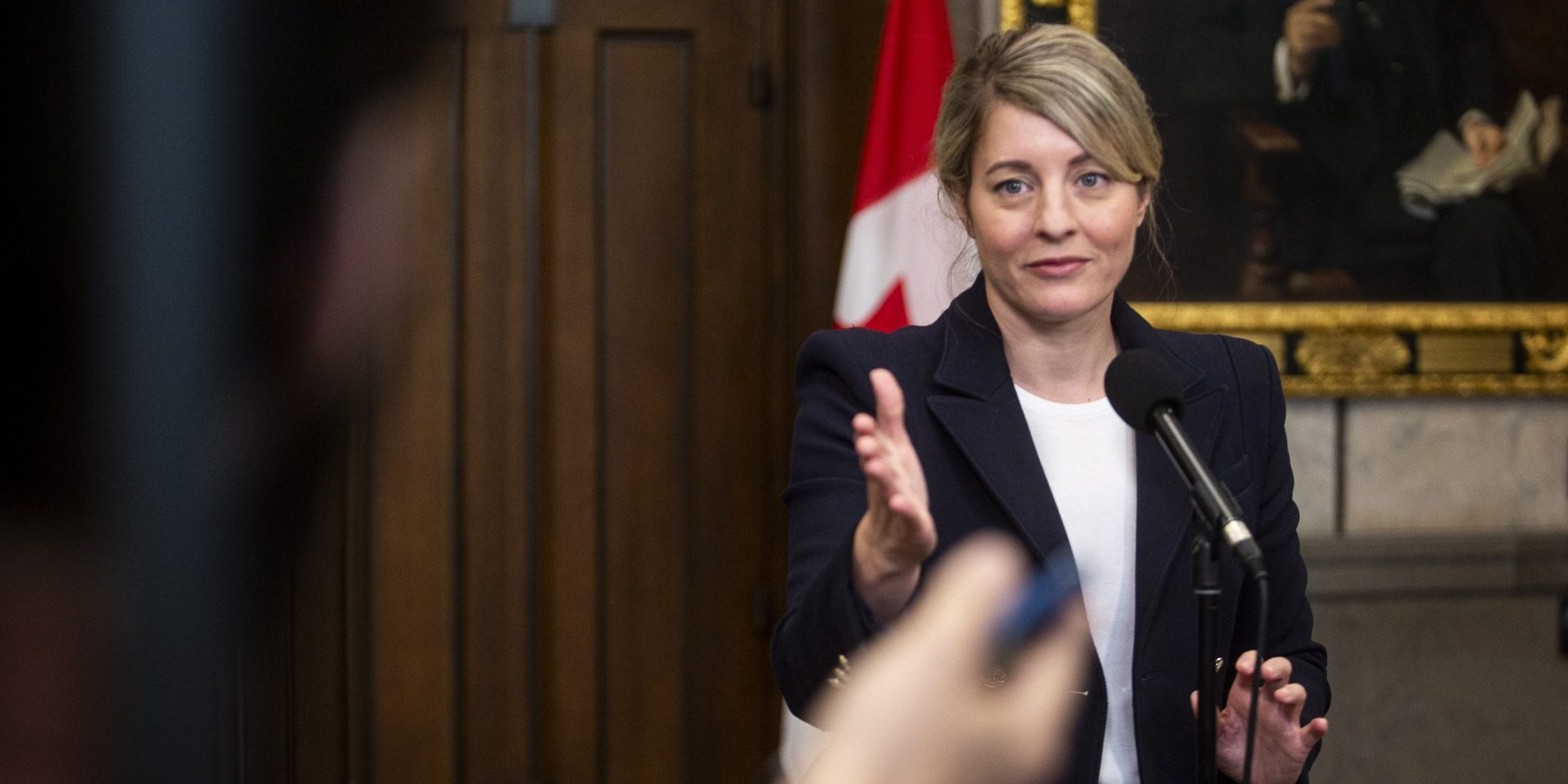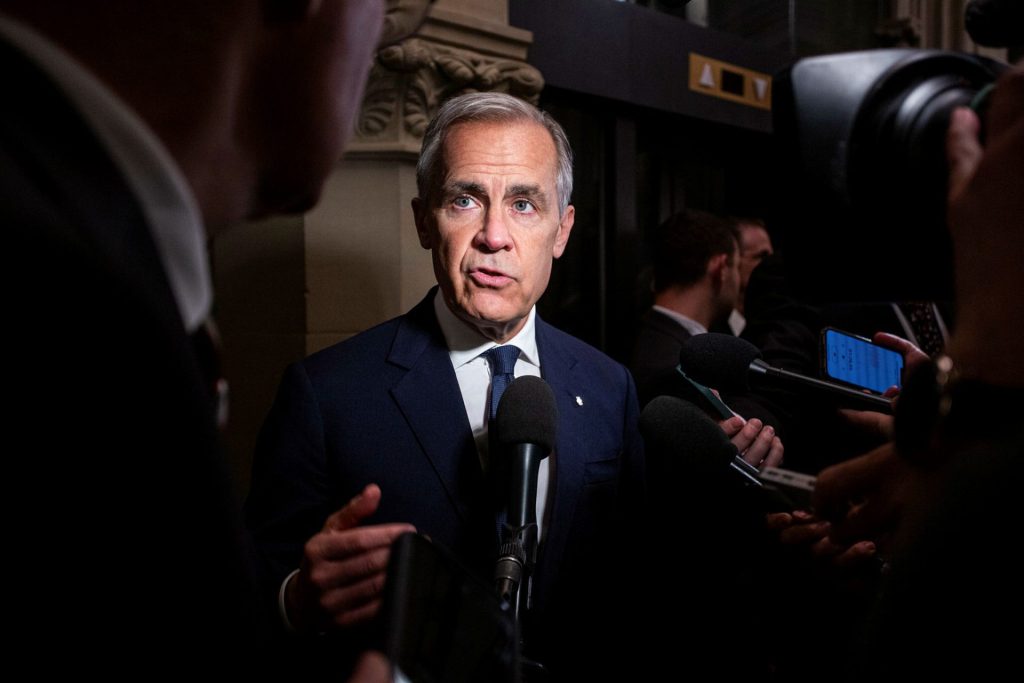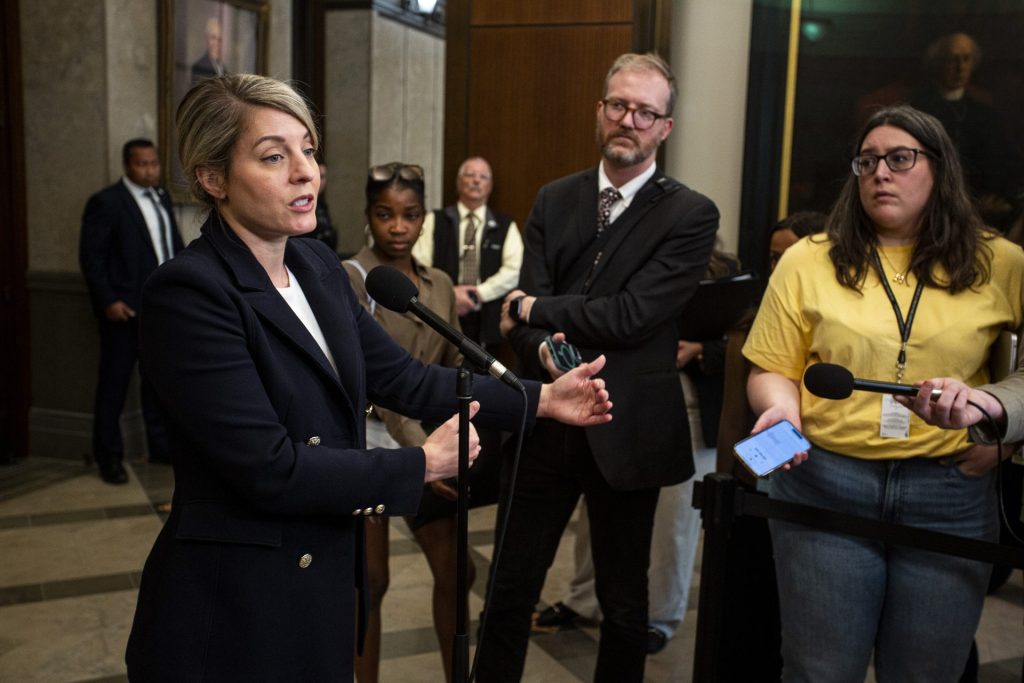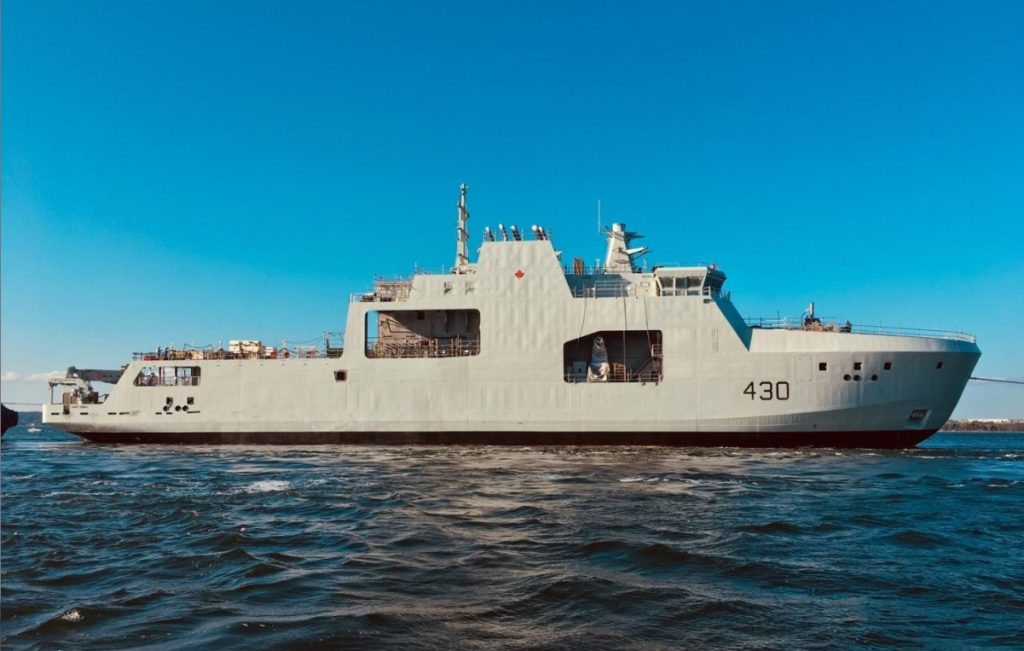Feds need to ‘rethink’ industrial benefits policy and refocus on defence capabilities, say former senior officials: it ‘needs to evolve’

The government needs to revamp its industrial policy to prioritize strategic goals and boost the defence industry, say former senior federal officials, as Canada ramps up military spending amid geopolitical tensions.
The government’s Industrial and Technological Benefits (ITB) policy “needs to evolve” and reinvest in targeted areas of defence, while becoming less “market-driven,” said Clem Srour, a former deputy director of the aerospace, defence, and marine branch at Innovation, Science, and Economic Development Canada (ISED).
“What ISED needs to do is refocus the policy. They need to go back to basics and make sure they’re using the policy to build defence capabilities in Canada because of the moment we’re living in now,” the now-defence consultant told The Hill Times in an Aug. 5 interview.

The government’s ITB policy is administered by ISED, and aims to leverage defence and Canadian Coast Guard procurements to strengthen the economy through investments in the country’s defence industrial base that are meant to help increase exports, support innovation in research and development, and create jobs.
The policy has “done an excellent job at what it was intended for, but the current circumstances require a re-think of the policy,” Srour said.
He argued that the ITB is one of the strongest economic levers the federal government has to bolster Canada’s defence needs, but the strategic tool should be used to draw more than just economic benefits into the country.
“It is abundantly clear that Canada needs to ensure that it has a resilient and highly capable domestic defence industry, given the change in Canada’s relationship with the U.S.,” Srour said. “The prime minister has made this as a clear priority.”
In June, Prime Minister Mark Carney (Nepean, Ont.) said an additional $9.3-billion would be spent on defence this fiscal year, with $2-billion aimed at reducing Canada’s reliance on the United States. The new funding would bring Canada to NATO’s two-per-cent of GDP benchmark. Carney also pledged to increase spending to five per cent by 2035, which he said would cost the government $150-billion per year.

The ITB—which replaced the Industrial and Regional Benefits Policy in 2014—requires defence contractors to reinvest in Canada equal to the value of the contracts they have won. This applies to all defence procurements over $100-million except those subjected to trade deals or national security exceptions, but can also be used in contracts worth over $20-million in some exceptional cases for critical goods or products that are essential for national interests.
Under the policy, contractors bidding on major defence procurements have to submit an economic proposal, also known as “value proposition” which becomes a part of the bid evaluation process. While technical requirements are assessed by the Department of National Defence (DND) and the costs are overseen by Public Services and Procurement Canada (PSPC), it’s ISED that determines the economic benefit requirements on each procurement. The combination of all three components—technical requirements, costs, and economic benefit requirements—make up the overall contracting criteria that determines which firm gets awarded multi-million-dollar contracts.
One of the major issues with how the ITB works, according to Srour, is that “it’s largely market-driven” which means that while the government sets the overall parameters, the decisions about where the investments will go are set by the prime contractors.
“Those parameters have to change,” he said.
According to ISED’s 2024 annual report, the ITB policy is estimated to contribute nearly $4.7-billion to GDP and close to 40,200 jobs annually in Canada.
Srour said ministers should direct officials to ensure that ITB be a central part of a new defence industrial strategy.
“It is a primary way of ensuring strategic investments into Canadian industry and needs to be part and parcel of the strategy,” he said.
Industry Minister Mélanie Joly (Ahuntsic-Cartierville, Que.), said last week the highly anticipated new policy should be finalized in the coming months. Joly previously spoke about how defence procurements should have a “dual use” to support Canada’s economy, including manufacturing, aerospace, and tech sectors.

While Canada and America remain in a trade conflict, a more strategic use of the ITB program could be motivating prime contractors to source strategic goods from Canada such as steel and aluminum, Srour said.
“The policy currently doesn’t motivate that because they look for higher technology activities in Canada. But now, I think we need to motivate that, given the situation,” said Srour, explaining the policy’s terms and conditions do not currently allow credit for purchases of some goods and materials, including steel.
Another former senior public servant, Stephane Leblanc, who previously served as deputy director at ISED’s ITB branch, said the policy has created a “tremendous amount of economic benefits for Canada,” but it’s also become too complicated to administer.
“[The government] needs to really focus on the capabilities they want to have in Canada as a starting point. Even more targeted than the current key industrial capabilities [definition] currently used,” said Leblanc, who’s now a defence consultant.
Ottawa has a list of 17 “key industrial capabilities,” referring to priority areas where it encourages or requires the companies to invest. These areas include artificial intelligence, clean technologies and marine systems.
“For example, if Canada wants domestic capabilities such as sustainment of drones, radar technology, [or] munitions production, they should make it a priority and leverage the ITB policy to develop that capability in the country.”

While insiders agree it has mostly been a beneficial policy, it has come under scrutiny in the past. A 2024 report by the federal auditor general found ISED was unable to demonstrate the ITB program met its objectives, which includes supporting defence industry growth. The report identified 10 of 60 procurements that were worth more than $100-million where the policy was either not applied, or the economic investment was less than 100 per cent of the awarded contract’s value.
According to a 2022 report from the Parliamentary Budget Office, the ITB‑related transactions under defence and security totalled at $18.3-billion between 2015 to 2019, with only about 31 per cent involving Canadian‑owned firms.
Alan Williams, a former assistant deputy minister of materiel at DND, argued the policy needs to be anchored in a clear defence industrial strategy to deliver real economic and strategic value for Canada.
“Let’s first determine, as a country, what we want to emphasize, what industries we want to be the best in the world at, how we’re going to develop those industries through tax incentives, grants, contributions and, of course, leveraging defence procurement,” Williams said.
Williams said the current approach means key industrial capabilities are being developed in “isolation,” as opposed to being part of a cabinet-approved and clearly outlined national defence industrial policy.
“If you’re going to have ITBs, they should be based on a formally structured 21st-century defence industrial policy.”
The former ADM highlighted how the current ITB policy means economic benefits can outweigh technical considerations in bid evaluations, which he said could lead to procurement of a suboptimal product.
‘Extreme reliance’ on U.S. defence supply chains
Srour argued that Canada’s full integration into a North American defence ecosystem in the post-Second World War era created an “extreme reliance” on existing supply chains, and created vulnerabilities in the defence sector in the long term.
“Because we’ve been so reliant on working with the U.S. in a North American defence infrastructure, we’ve lost the motivation to ensure that we build a strong defence structure and capabilities in Canada,” he said.
“So that’s important right now—that we really need to refocus on building up our defence capabilities.”
Srour suggested that change could begin with the name, arguing the current policy emphasizes “benefits” over long-term defence-focused outcomes—and proposed renaming it the “Defence and Security Industrial Mechanism.”
The former senior public servant noted the overall policy direction comes from the political level as opposed to officials in the ITB bureau.
“This is where—under the new government—they have to set those overall policy goals and then move to change some of these things,” Srour said.
The oversight for federal defence procurement is currently shared by Defence Minister David McGuinty (Ottawa South, Ont.), Secretary of State for Defence Procurement Stephen Fuhr (Kelowna, B.C.), and Procurement Minister Joël Lightbound (Louis-Hébert, Que.). It is yet unclear how the procurement duties are shared between the three.
While Srour said the ITB function should align more closely with the DND and PSPC given geopolitical tensions, he argued the ITB team should remain within ISED, as Canada’s defence and economic priorities will continue to shift and the government should have the flexibility to adapt. He added that it is “extremely important” for Fuhr to have access and understanding of the ITB program.
Both Srour and Williams said this work should not be done under the new Defence Procurement Agency, the creation of which is still underway.
According to an Aug. 6 statement from PSPC to The Hill Times, a Defence Procurement Agency “will centralize decision-making and move at pace to get our Armed Forces the equipment they need when they need it,” but “the structure, scope of activities, responsibilities, and implementation date of the agency are still in development.”
The Hill Times






 LICENSING
LICENSING PODCAST
PODCAST ALERTS
ALERTS













